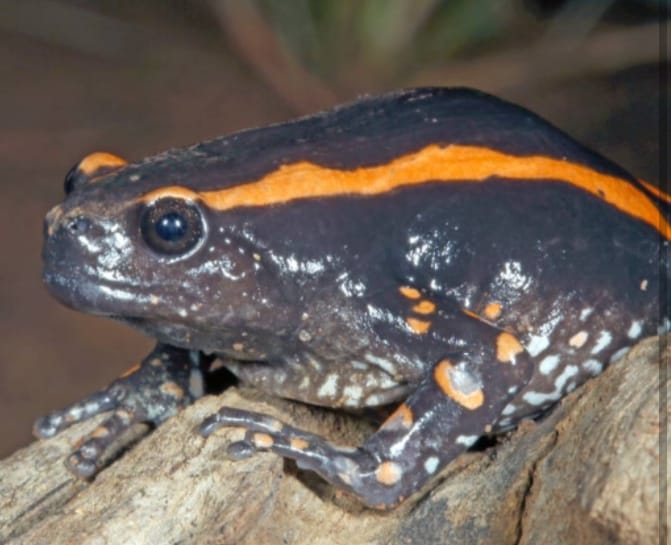5 Interesting Facts on Frogs
Our Resident Frog Expert @zululand_frogman is sharing his knowledge with you! Phelwana Guide Joe is passionate about frogs and loves to take our younger (and not so young) Phelwana travelers looking for frogs in the lodge garden and around the dam. Make sure to ask Joe all about the interesting creepy crawlies in the bush and follow him on Instagram for wonderful wildlife updates!

The Painted Reed Frog
Gets its name due to its vibrant colours and diversity in patterns that it has on its body. Juveniles in this frog group appear dull brown in colour almost like a blank canvas.
 Photo Source: Joe Botha
Photo Source: Joe Botha
The African Bull Frog
Its taxonomic name edulis means edible and refers to the fact that some rural communities consume the species.
 Photo Source: Frogs of Southern Africa Book
Photo Source: Frogs of Southern Africa Book
The Foam Nest Tree Frog
Makes a nest well a nest in a tree made of foam. It is a very clever strategy because the foam nest is made over bodies of water and will only melt and release the tadpoles in heavy rain ensuring they have plenty full water to hatch in.

The Banded Rubber Frog
It is black in colour and has red bands along its body. This is a good indication that is a very toxic frog and it’s not one to be played with. It has so few predators that it rarely will hop, walking most of the time.
 Photo Source: Frogs of Southern Africa Book
Photo Source: Frogs of Southern Africa Book
The Plat Anna or African Clawed Frog
Spends most of their life in the water. Their prey includes frogs and tadpoles (including their own kind), insects and other invertebrates (mosquito larvae are consumed by young frogs), small fish, young birds and mice that fall into the water.
 Photo Source: Frogs of Southern Africa Book
Photo Source: Frogs of Southern Africa Book